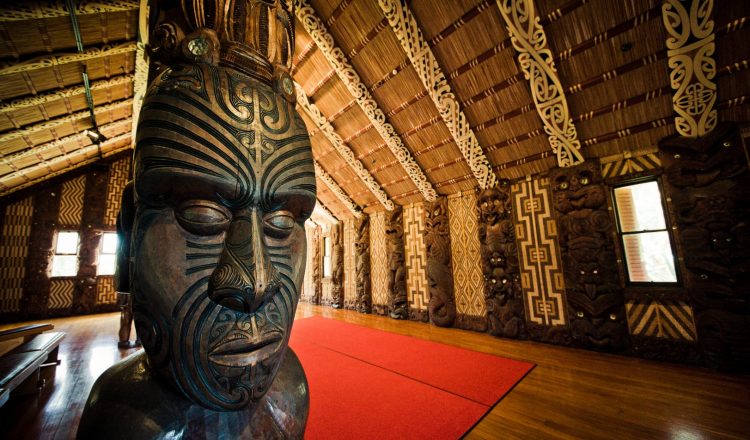키위 에티켓
뉴질랜드는 작은 섬나라이자 소수의 다른 문화를 존중하는 멜팅팟(melting pot)인 만큼 키위 사람들의 에티켓에 대해 궁금할지도 모릅니다. 키위 사람들의 매너와 사회적 규범에는 유럽 유산이 반영되어 있을까요, 아니면 문화 간 높은 평등 수준에 영향을 받았을까요?
모두가 예상하듯 뉴질랜드답게 이는 두 가지 모두 혼재되어 있습니다.
친근함과 반기는 마음
뉴질랜드의 규모와 비교적 적은 인구를 미루어봤을 때 길거리에서 낯선이들에게 미소를 지으며 가벼운 목례 정도의 인사를 하는 것은 아주 일반적입니다. 거리에서 사람들에게 미소를 지어보이는 것은 다른 문화적 배경을 가진 사람들에겐 좀 낯설게 보일 수 있습니다. 한국에서처럼 모르는 사람들과 되도록 눈을 마주치지 않으려 하는 것과는 다릅니다. 공동체 의식이 강한 뉴질랜드 사람들이지만 낯선 사람들에게 친근하게 다가가 반겨주는 태도는 유명합니다.
이와 함께 키위는 사람들을 신뢰하는 경향이 있습니다. 뉴질랜드만큼 안전하고 행복한 나라에서는 다른 사람을 의심으로 대할 필요가 거의 없기 때문입니다. 이것의 좋은 예는 보통 거리와 길가에서 종종 볼 수 있는 ‘honesty boxes(무인가판대)’입니다. 이 상자엔ㄴ 집에서 키운 과일, 채소, 꽃과 같이 다양한 것들이 담겨져 있습니다. 상자에는 가격이 표시되어 있으며 판매자가 따로 나와있지 않으므로 구매하고 싶은 사람들은 적혀 있는 금액을 지불하고 필요한 것을 가져갈 수 있습니다.
마오리 문화 존중
개방적이고 무던한 태도의 키위사람들과 어울리는 것은 어렵지 않습니다. 물론 여기에는 약간의 상식과 기본적인 매너가 필요합니다. 뉴질랜드에서 유일하게 요구되는 에티켓은 마오리 사람들과 그들의 관습을 존중하는 것입니다. 전국 곳곳에 마오리 성지가 산재해 있는데, 이곳을 방문하고 싶다면 반드시 어른의 허락을 받아야 합니다. 마라에(Marae, 마오리족 모임 장소)나 와레누이(wharenui, 접견장소)를 방문한다고 가정할 때 사람들이 반드시 지켜야 할 구체적인 규칙이 있습니다. 신발을 벗고 안으로 들어가야 하며(뉴질랜드 대부분 지역에서 흔한 관행입니다) 마라에마다 규칙이 다르기 때문에 주변의 현지인들에게 유의사항을 물어봐야 합니다.
집에 들어갈 때 신발을 벗기도 하지만 키위 사람들은 맨발로 밖에 잘 돌아다니기도 합니다. 특히 시골 지역일수록 복장 규정에 있어 격식을 그다지 차리지 않는 경향이 있습니다. 물론 발가락 사이의 잔디의 감촉을 느끼기 위해 신발을 벗기도 합니다!
함께 나누는 문화(Share and share alike)
키위의 또 다른 사회적 에티켓과 예의는 나눔입니다. 뉴질랜드 사람들은 서로의 문화와 배경을 공유한다는 자부심을 크게 느끼지만 이것으로 그치지 않습니다. 친구들끼리 종종 음식이나 술을 번갈아 가며 사기도 합니다. 이를 ‘your shout’이라고 부르는데 ‘소리 질러!’할 때 그 shout이 아니고, 펍같은 곳에서 내가 쏜다는 의미입니다. 키위 사람들은 구두쇠가 아니므로 누군가 한 턱 쏜다면 그것에 대해 감사해 합니다.

















































